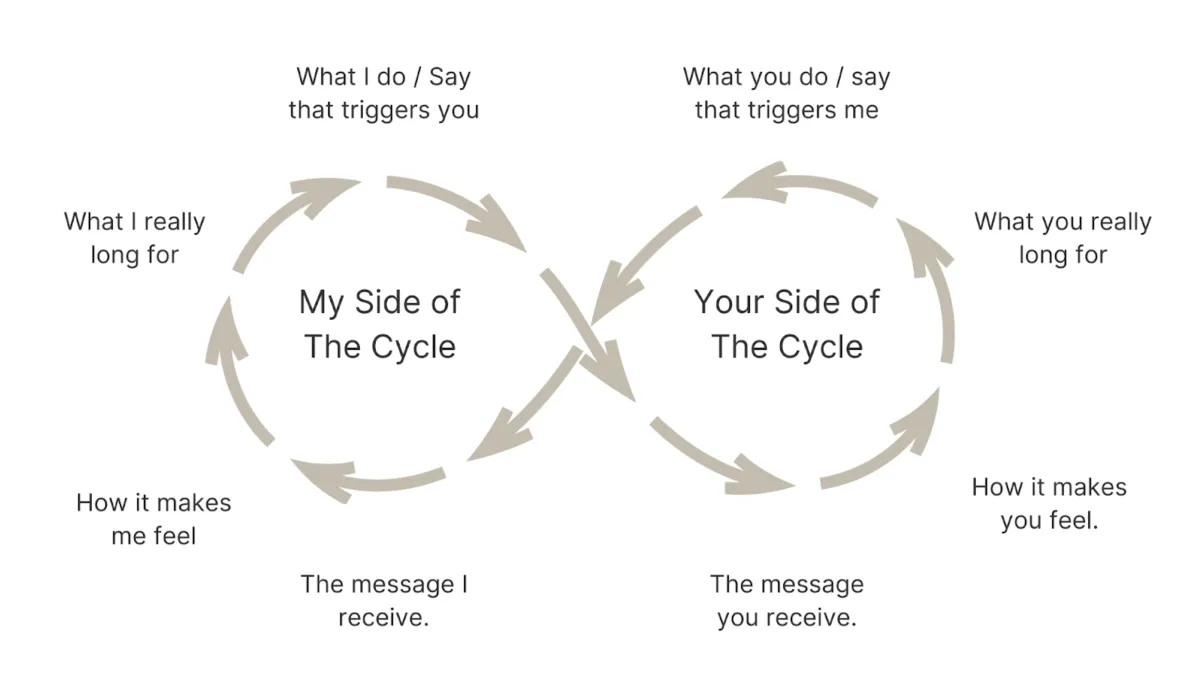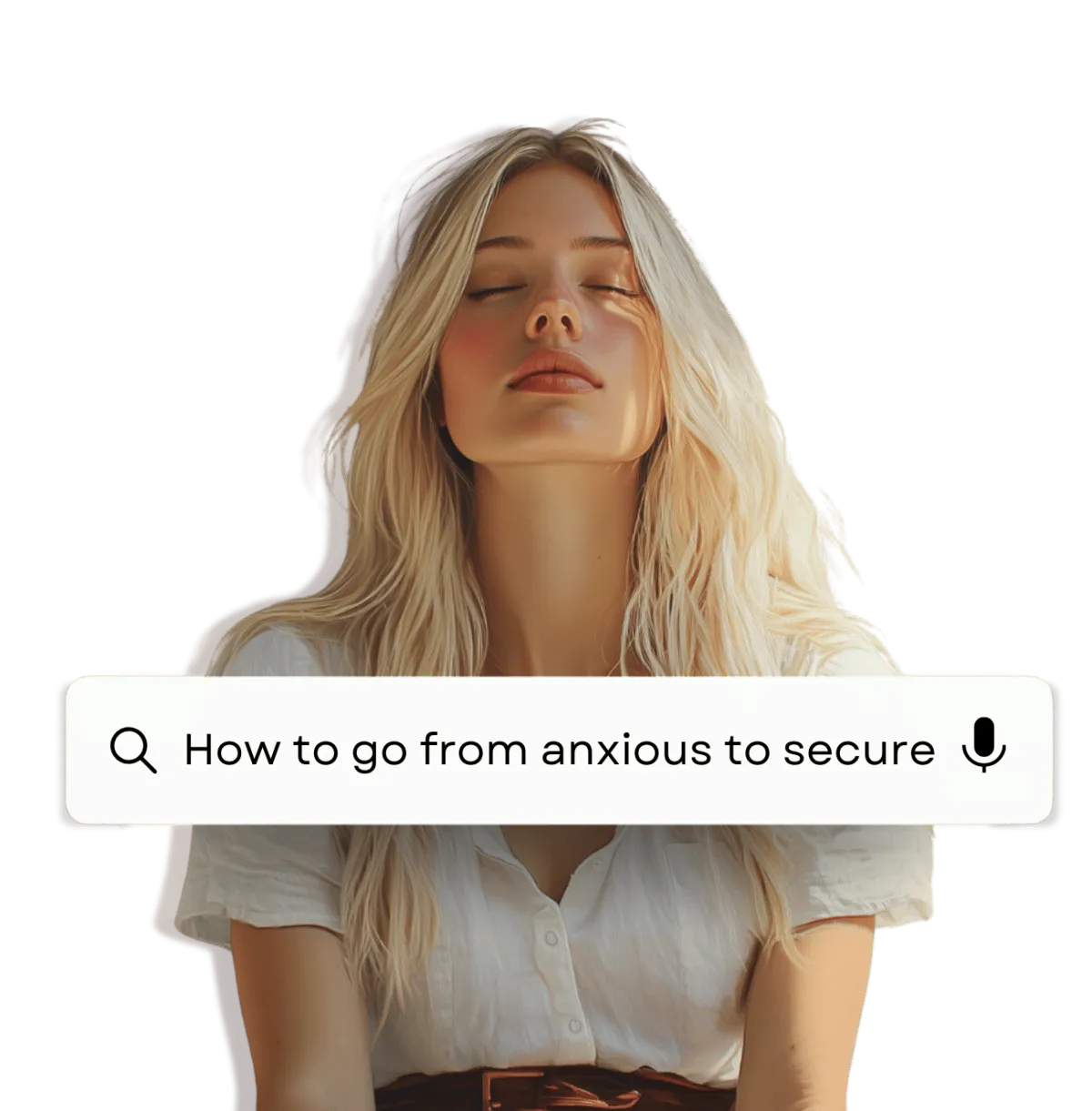
Why You Keep Having the Same Fight: The Anxious-Avoidant Cycle and How to Break It
Ever had a conversation with your partner where it felt like you were speaking two different languages? You say one thing, but they hear something entirely different.
It’s like a translation error, but instead of words getting lost, it’s the real meaning behind what you’re trying to say that gets twisted. And when emotions are running high, those miscommunications can turn into the same old fight on repeat.
When you’re anxiously attached, you might mean “I need reassurance” but what comes out is “You never care about me.” And when your partner leans avoidant, they might mean “I need space to think” but what you hear is “You’re too much.”
That’s the anxious-avoidant cycle: a pattern where your inner child’s fears hijack the conversation and leave both people feeling unseen, unheard, and misunderstood.
That reminds me of a moment years ago when I was just starting out in my practice. I was working with a couple who kept hitting the same wall in every session. They’d get into a fight, each trying to prove their point, but both of them felt like the other wasn’t really hearing them.
That’s when I told them, “It’s like you’re both speaking two different languages. You’re saying ‘I need you to see me,’ but they’re hearing ‘You always let me down.’ And that’s where the real fight begins.”
In those moments, it’s not that you’re incompatible. It’s that you’re both caught in a cycle where your inner child is fighting with theirs, and neither one of you is actually hearing the other.
The issue usually isn’t incompatibility.
It’s two inner children fighting for safety.
When you keep having the same fight on repeat, it’s easy to assume you’re just not compatible. But more often than not, the issue isn’t your personalities. It’s your inner children reacting to old emotional wounds.
If you have anxious attachment, your fear of abandonment didn’t come out of nowhere. It likely formed because, growing up, love felt unpredictable. Maybe a caregiver was emotionally inconsistent: affectionate one day and distant the next. Or maybe your needs were overlooked or dismissed. Over time, your inner child learned: “If I don’t work hard to keep people close, they’ll leave me.”
So now, as an adult, when someone pulls away even slightly, that panic comes rushing in. You try to reconnect quickly, sometimes through criticism, sometimes through people-pleasing, because staying close feels like survival.
On the flip side, avoidant attachment often develops in homes where emotions weren’t welcome or where independence was expected far too early.
Maybe you were praised for being “low maintenance,” or maybe emotional needs were treated as a burden. Your inner child learned: “Needing others gets me hurt or rejected. I have to handle things alone.”
So now, as an adult, when a partner asks for closeness or expresses emotion, it feels overwhelming. You shut down. Not because you don’t care, but because that old fear of being inadequate or engulfed kicks in.
Why the Anxious-Avoidant Cycle Repeats
The anxious partner’s inner child fears being abandoned, so they pursue or criticize to stay connected.
The avoidant partner’s inner child fears being overwhelmed or not enough, so they shut down to feel safe.
The more one pursues, the more the other pulls away.
Both feel hurt and alone—even though both are desperately longing for connection.

The Road Map to Breaking The Cycle
The key to breaking this cycle is in your ability to see the underlying pattern in the moment rather than get stuck in it.
Your Side / My Side Framework
Use this simple map to translate surface conflict into core needs.
Your Side
What I do or say - “You never make time for me.”
What I actually feel - “I’m afraid I don’t matter.”
What I long for - “I want to feel chosen.”
Their Side
What they do or say - “You’re overreacting. I need space.”
What they actually feel - “I’m afraid I’m failing you.”
What they long for - “I want to feel respected.”
Writing it down helps you see that both of you are protecting old wounds rather than attacking each other.
How to Break the Cycle
There are short-term tools that can help in the moment, like pausing before reacting or translating their fear into vulnerable communication.
For example - “I feel lonely when we don’t connect after we get home from work. Can we set aside a few minutes to talk?”
While this short-term tool can help in the moment, there is value in changing the pattern for good, which requires some work beneath the surface. It means healing the part of you that keeps getting triggered. It means helping your inner child feel safe, so you are no longer reacting anxiously or becoming avoidant and shutting down.
You don’t want to manage the fight. You want to shift the foundation you’re both standing on so that your connection feels safe again.
Here’s what I want you to take away today….
Conflict isn’t proof that you’re not right for each other.
It might just be that your child is fighting with their inner child.
So the next time you find yourself in an argument try this:
Look past the reactive behavior and find the inner child within that just needs to be comforted. The part of them (and you) that’s just trying to feel safe.
That’s where real connection begins.
3 Ways To Keep Exploring This:
Free seminar: Get to the root of any crossed wire with my free Relationship Rescue Workshop CHECK IT OUT HERE
Join my email list for periodic tools on healing anxious patterns from the inside out - delivered right to your inbox! JOIN HERE
Secure Self Club: a 120-day coaching journey to calm your inner child and communicate from security. APPLY HERE






